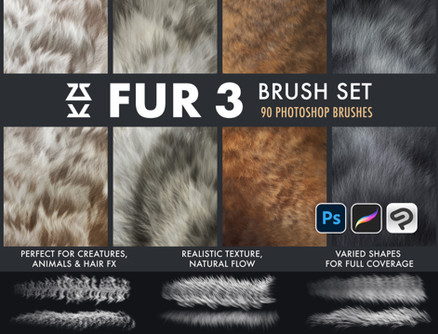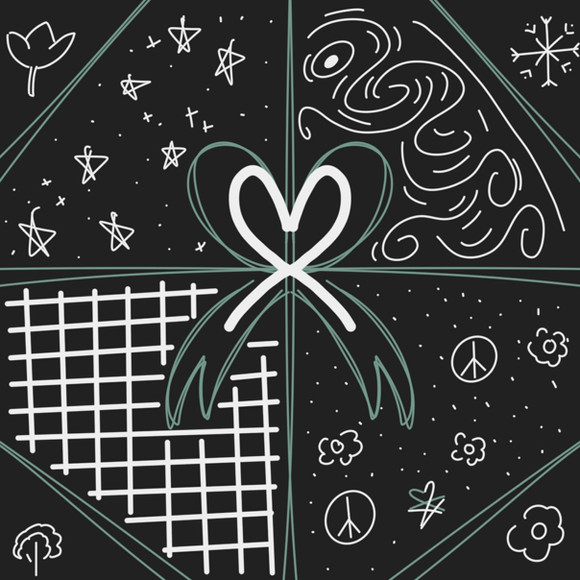HOME | DD
 Lumi-Yugen — shading simple objects
Lumi-Yugen — shading simple objects

Published: 2009-12-02 17:23:17 +0000 UTC; Views: 4252; Favourites: 44; Downloads: 477
Redirect to original
Description
I'm just a beginner so I'm not going to say much, except that this is a standard example of shading 2D flat shapes to give 3D effects. Learning this helped me a lot.




If you know how to shade simple shapes, then you know how to shade anything, no matter how complex. Because everything reduces back to these shapes. A human body is no more than cylinders and spheres. Cars and clothes are cones. Explosions and clouds are spheres.Waves are pyramids. Buildings are boxes.
Hope this helps anyone intimidated by coloring and shading complex lineart, because it really is that simple!





Now go out and shade your masterpiece!





Related content
Comments: 12

Great work my friend you have all reason everything reduces back to these shapes always! you go very well I can see 
👍: 0 ⏩: 1

haha, well, when I first tried cell shading I failed miserably. But after I learnt to break them down to basic shapes I finally understood what to do.
Thanks for the fave and if you ever have a question about it, don't hesitate to ask!
By the way, I do have a question about photomanipulation...do you normally have to paint over everything again after you have composed your picture? 
👍: 0 ⏩: 1

No prob, I found very good practice .. really essential to learn good lighting and shadows and shading, that's the beginning as you said it my friend
Well, yes usually I have to paint over verything even when I used to paint the most of things in my manips for to qualify the lights, shadows and adjust the lighting when the images do not match
👍: 0 ⏩: 1

wow, it's a lot of work... but it's awesome how much detail can be achieved in a photomanip! 
👍: 0 ⏩: 1

You're very welcome!
I hope it helps! This is the standard way of shading guaranteed to make your 2D object start popping out and looking 3D.
👍: 0 ⏩: 1

wow, i'm really surprised
how did you do that cylinder?!
it looks very realistic, i think is my fav one.
btw, did you recieved my note?
👍: 0 ⏩: 1

Hmm...I did this some time ago so I can't exactly remember anymore but I use a combination of screen mode and normal mode to get my results. The glossy look is due to the screen mode. It looks polished right? Somehow stuff shaded using screen mode automatically has a smooth luminous sheen.
I start with the base color which is the shadow color. Then I lasso out the areas to be highlighted, leaving the shadow areas untouched. For the cylinder I started by making a narrow selection in the middle ( the core highlight ). Then brush with a soft blue ( In screen mode, 75 opacity, 50 percent flow, called screen color 1 ) Next I select a wider area, also including the core highlight, and brush again. ( Using Screen color 2, a slightly different color ) This makes the core highlight stay the brightest as it should be. Then I selected an even wider area with the lasso but to make the bright part fade softly into shadows, I reduce the size of the brush circle until it is slightly smaller than the lasso width. ( To avoid picking up the hard edge of the selection ) Then brush down. The shape of the brush I used has a "splattery" outside, so it creates the impression of softly fading.
That's the way I brushed.
The complete set includes
1. core highlight ( the most reflective part )
2. highlight ( fainter highlight )
3. warm rim light ( brush the side receiving direct light with light yellow with screen mode)
4. cold rim light ( brush the opposite, "shadow" side with soft blue in screen mode )
( Rim light refers to the part where the object starts curving and reflects light along its edges )
And also the highlight becomes more diffused near the bottom of the object,due to the reflected light bouncing up from the ground. ( When the object is sitting on the ground )
Does this answer your question? 
I'll show you the brushes and the colors I used in a note!
👍: 0 ⏩: 1

that's a big explanation
i bet it took you time...wow.
and yes, this answer my question
thanks 
👍: 0 ⏩: 1

haha...I'm not used to explaing art techniques...so I may say a lot of unneccessary things...
👍: 0 ⏩: 0






























